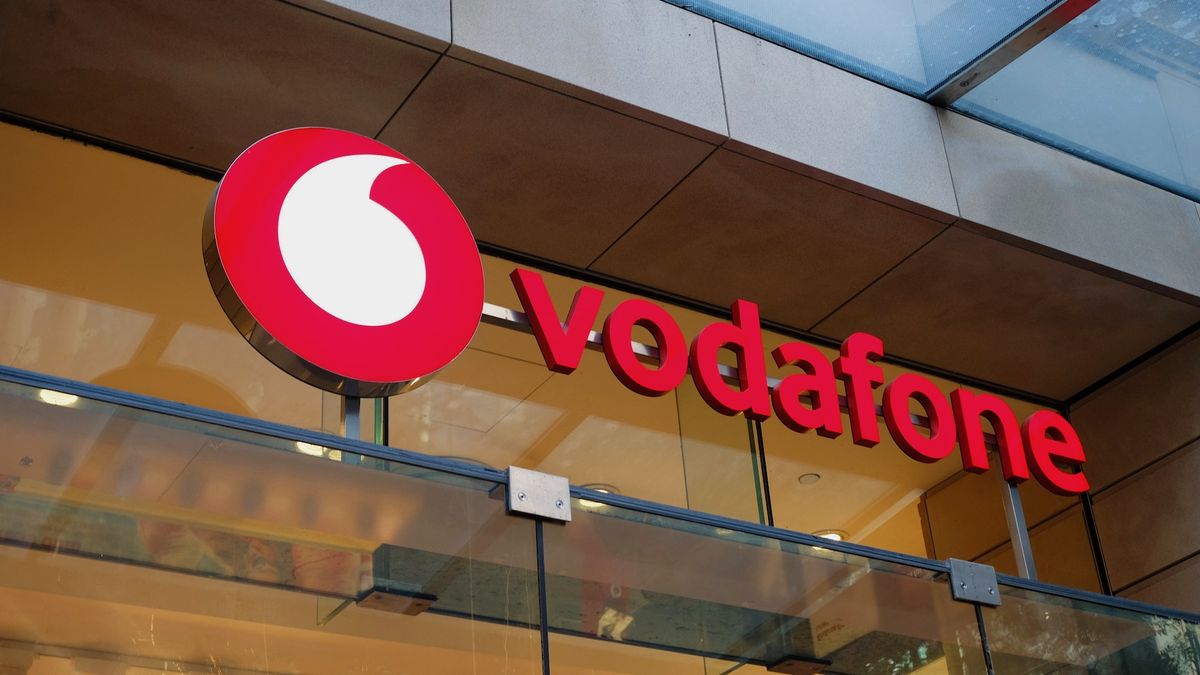A huge coverage boost means Vodafone mobile plans just got a lot more attractive for regional customers

In September 2024, we reported that the Australian Competition and Consumer Commission (ACCC) decided not to oppose an agreement between Optus and TPG Telecom, the owner of Vodafone, that aimed to revolutionise mobile services in regional Australia. The most significant outcome of this partnership was that it allowed TPG (and by extension Vodafone) to use the Optus regional infrastructure network to expand its 4G and 5G coverage. Less than five months on, it has achieved just that.
Before this partnership, Vodafone’s network only covered 400,000 square kilometres, which meant it reached 95.4% of the population. As of January 30, the Vodafone network now boasts a coverage that reaches 98.4% of the population and has expanded to 1,000,000 square kilometres across Australia.
Other than giving current Vodafone customers the ability to travel without worrying about their mobile connectivity, the biggest benefit of this increased national coverage is that it makes Vodafone a much more realistic choice for regional Australians, many of whom previously only had the often more expensive options of Telstra or Optus to choose from.
How does the Optus-TPG network-sharing deal work?
For years, Telstra has offered the broadest coverage in Australia and in 2022 there was actually a similar proposal for a network-sharing deal between Telstra and TPG, although it was denied once by the ACCC and a second time upon appeal by the Australian Competition Tribunal.
The Tribunal stated that the deal would provide Telstra with “competitive benefits and would further increase Telstra’s position of market strength in mobile telecommunications markets”. One reason why this Optus-TPG deal was allowed is because, as stated by TPG CEO Inaki Berroeta, it creates “a new era of choice and competition for customers across regional Australia”.
The core of this deal is the establishment of what’s known as a Multi Operator Core Network (MOCN) in regional Australia, which just means the two providers share parts of their network. And, while Vodafone/TPG and its many mobile virtual network operators (MVNOs) should see significant benefits in terms of where their subscribers can get a signal , Optus hasn’t partnered with TPG just to be nice.
Late last year, Optus was crowned the fastest mobile network and through this agreement it gained licensing to the TPG spectrum within the MOCN, allowing it to increase the capacity, quality and speed of its network for regional customers. When this deal was struck, Optus CEO Michael Venter also stated that it should see “the rollout of 5G infrastructure to be completed by around two years earlier than previously planned”.
So, what are the current changes?
For now, the only definitive change of note is that Vodafone’s network coverage has expanded, and it’s important to remember that it’s not just Vodafone that is affected – but any smaller MVNO telcos that use it as well, such as TPG and iiNet.
Vodafone has a whole page dedicated to its coverage expansion, letting you explore your local network by state to see how it’s changed. For example, in terms of footprint, coverage in New South Wales and the ACT has doubled, while South Australia has tripled and Vodafone’s coverage in Queensland has quadrupled.
There are currently no plans from Vodafone to increase the price of its plans to match its improved network and customers don’t need to do anything to gain access to the expanded coverage. If you’re interested, you can explore Vodafone’s mobile plans to see what’s best for you.
